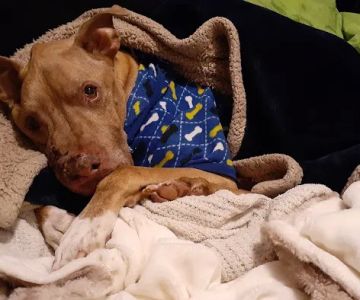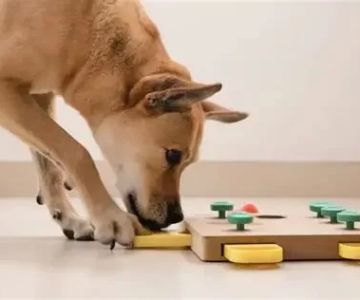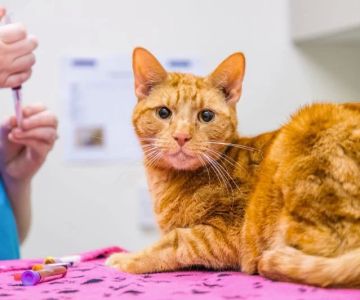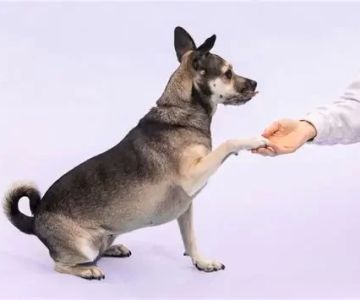- 1 - Understanding How to Recognize and Treat Pet Cleft Palate or Defects
- 2 - Early Signs and Symptoms in Puppies and Kittens
- 3 - Causes and Risk Factors of Cleft Palate Defects in Pets
- 4 - Diagnosis and Veterinary Evaluation Process
- 5 - Treatment Options for Pet Cleft Palate and Defects
- 6 - Real Case Story and Recovery Journey
- 7 - Post-Surgery Care and Home Guidance
- 8 - Why Professional Care Matters and Where to Find It
- 9 - Prevention and Long-Term Monitoring
- 10 - Expert Advice from Hidden Brook Veterinary
1. Understanding How to Recognize and Treat Pet Cleft Palate or Defects
A cleft palate is one of the most misunderstood congenital conditions in pets. When learning how to recognize and treat pet cleft palate or defects, it’s important to understand what’s really happening beneath that tiny nose. A cleft palate is a gap or opening between the mouth and nasal cavity that forms during early development. This defect can range from a small slit in the soft palate to a complete separation that interferes with breathing and feeding.
While it’s more commonly detected in newborn puppies and kittens, adult animals can also exhibit subtle signs if the defect went unnoticed. Recognizing it early can literally save a life, as untreated clefts can lead to aspiration pneumonia, malnutrition, and chronic infections.
2. Early Signs and Symptoms in Puppies and Kittens
The earliest symptoms appear when a newborn pet struggles to feed. Milk may bubble from the nose, or the pet may cough and sneeze during nursing. They might also fail to gain weight or show signs of respiratory distress. A close look at the roof of the mouth often reveals a visible slit or hole. In severe cases, the nose and mouth appear partially connected, and you may hear a soft whistling sound during breathing.
If you notice these symptoms, it’s crucial to contact your veterinarian immediately. At Hidden Brook Veterinary, we often remind new pet parents that no amount of careful bottle-feeding can compensate for a physical defect—it needs professional evaluation to prevent dangerous complications.
3. Causes and Risk Factors of Cleft Palate Defects in Pets
Understanding what causes cleft palate defects helps owners make informed decisions about breeding and care. Genetic predisposition is the most common factor, with certain breeds such as Bulldogs, Cocker Spaniels, and Siamese cats showing higher incidence rates. Environmental causes, like poor maternal nutrition, viral infections during pregnancy, or exposure to toxins, can also increase risk.
In some cases, trauma or infections in young animals can mimic or worsen congenital defects. That’s why diagnosing the true cause is an essential first step when addressing how to recognize and treat pet cleft palate or defects.
4. Diagnosis and Veterinary Evaluation Process
A professional veterinary exam is vital. The veterinarian will carefully inspect the oral cavity under proper lighting, sometimes requiring mild sedation for accuracy. Imaging tools such as X-rays or endoscopy may be used to determine the cleft’s extent and check for secondary problems like nasal infections or pneumonia.
For owners, the diagnostic process is both emotional and educational. Many are surprised to learn that not all clefts are visible externally, and subtle palate abnormalities can remain hidden until feeding challenges or chronic sinus issues appear later in life.
5. Treatment Options for Pet Cleft Palate and Defects
Treatment depends on the severity and location of the cleft. Mild cases may only need careful feeding management and regular monitoring. In moderate to severe cases, surgery is the most effective approach. The procedure, called palatoplasty, involves reconstructing the palate to close the gap and restore normal function.
Most puppies and kittens must reach a certain weight and age before surgery is safe, meaning temporary tube-feeding or specialized bottles are often needed. At Hidden Brook Veterinary, our surgical team uses delicate reconstructive techniques to improve long-term outcomes, focusing on minimal scarring and full recovery of oral function.
6. Real Case Story and Recovery Journey
One of our most memorable cases involved a rescue kitten named Luna. Found at two weeks old, she could not nurse properly, and milk would leak from her nose. After diagnosis confirmed a cleft palate, our team began tube-feeding her every three hours. At 12 weeks, Luna underwent reconstructive surgery. Her healing journey was remarkable—by six months, she was eating solid food, chasing toys, and purring like any healthy cat.
Luna’s story reminds us that with timely intervention and patient aftercare, even severe defects can be overcome. Her recovery inspired many local rescuers to screen litters early, changing countless outcomes for other animals.
7. Post-Surgery Care and Home Guidance
After surgery, care must be precise. Feeding soft or blended foods prevents strain on the new tissue, and antibiotics reduce infection risk. Owners should monitor for sneezing, nasal discharge, or difficulty swallowing—early signs of complications. Follow-up visits allow veterinarians to check healing and ensure normal development.
Many pets require speech-like retraining for swallowing and eating behaviors, which we guide owners through step by step at Hidden Brook Veterinary. Consistency, patience, and gentle feeding routines are key to long-term success.
8. Why Professional Care Matters and Where to Find It
Cleft palate or similar defects are not conditions to manage alone. Professional veterinary care ensures accurate diagnosis, proper nutrition support, and safe surgical intervention when necessary. Choosing a clinic experienced in reconstructive pet surgery can make all the difference between prolonged struggle and full recovery.
At Hidden Brook Veterinary, our specialists provide both emergency care for newborns and comprehensive surgical treatment plans for older pets. We focus on compassion, precision, and post-surgery support that strengthens the bond between owners and their animals.
9. Prevention and Long-Term Monitoring
Although some cleft palate cases are unavoidable, there are preventive steps. Responsible breeding programs that screen for hereditary risks, balanced maternal diets, and safe prenatal environments all reduce likelihood. For pet owners, staying vigilant about feeding patterns and early developmental milestones can catch subtle defects before they worsen.
Ongoing dental and respiratory checkups are essential, especially for breeds known for craniofacial traits. Detecting infections or changes in nasal airflow early can prevent serious complications.
10. Expert Advice from Hidden Brook Veterinary
Every pet deserves a healthy start, and understanding how to recognize and treat pet cleft palate or defects is the first step toward giving them one. If you suspect your pet might have a palate issue, don’t wait—professional guidance makes all the difference. The team at Hidden Brook Veterinary is here to provide customized assessments, surgical expertise, and compassionate aftercare. Whether you’re raising a newborn litter or caring for an adult companion, early action is the best treatment.
Schedule an appointment today with Hidden Brook Veterinary to discuss your concerns, explore treatment options, and take confident steps toward your pet’s full recovery.












